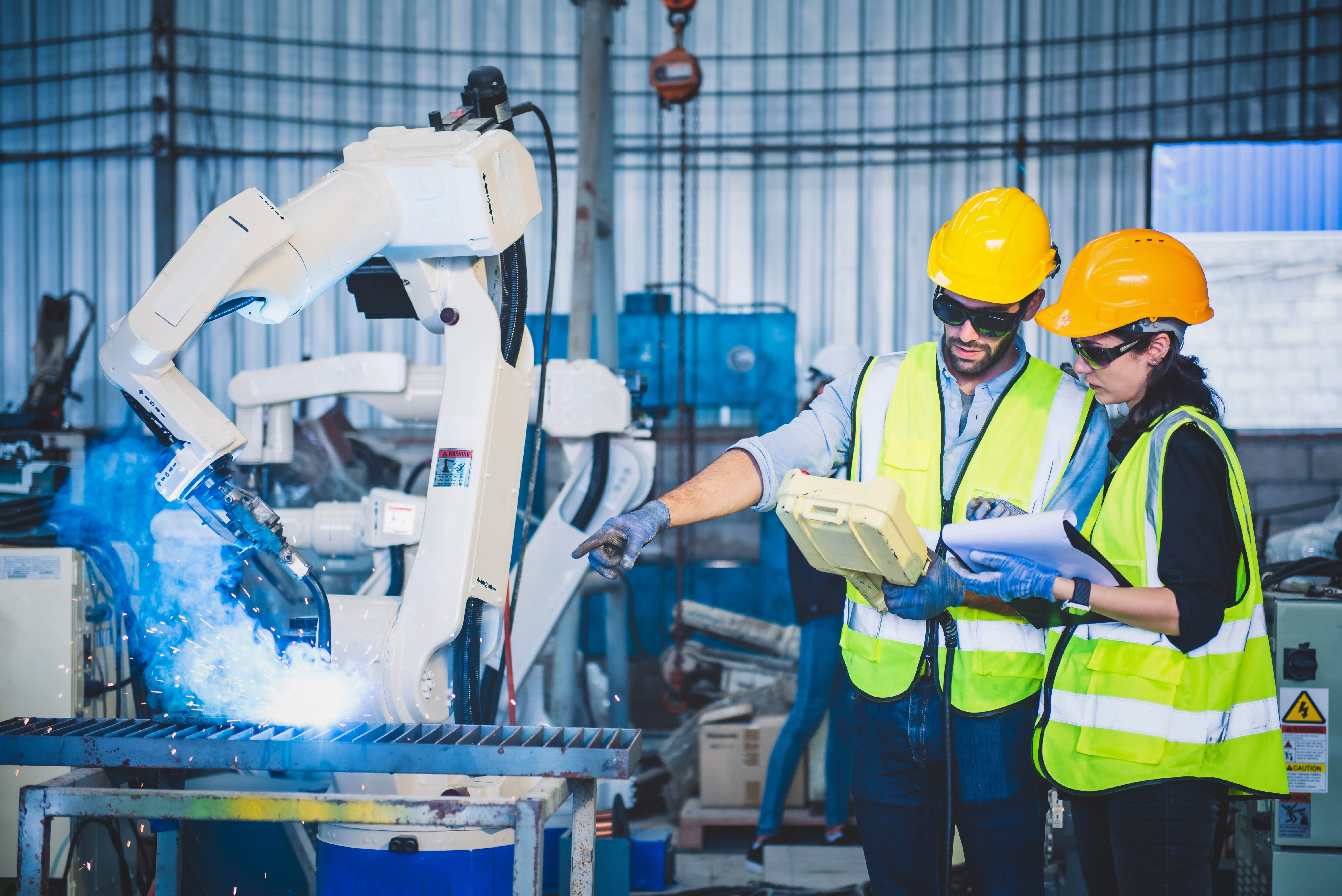Although the economy is slowing, the appetite for robotics and automation is growing. Global robot installations are expected to increase by 7% yearly during 2024-26 according to the International Federation of Robotics. This is supported by surveys from both Make UK and McKinsey: Businesses expect to spend more on automation in the coming years, allowing automated systems to account for a growing share of overall capital spending.
As the year-end is approaching, businesses should already begin preparations for next year’s investments in robotics and automation. Failing to start on time could delay investment decisions at critical moments, postponing projects. Or, if the vendor selection is rushed, the business could risk investing in a solution that does not deliver the expected return on investment.
Based on data from HowToRobot’s global automation marketplace, the time from starting an automation project to signing an agreement with a vendor can vary from a few weeks to more than a year – based on the complexity of the project and the level of preparations made. The earlier the business starts the process of defining a budget, finding potential vendors, and confirming price points, the sooner they are able to make a decision to invest – and begin reaping the benefits of automation.
Measurable automation goals help avoid missed opportunities
Although many businesses have the intention to automate, the lack of a budget is still one of the key barriers cited by Make UK’s survey. Deciding what to spend on automation can be difficult without knowing how much it’s worth financially to the business.
To find out, the first step is to decide what automation should achieve. This includes setting clear and measurable goals, for example, the number of operators that the robot should free up to perform other tasks; the intended increase in process throughput; improvements in quality; reductions in scrap and waste; and more.
Setting these goals is required to estimate the financial gains from automation, which should be done before involving vendors in the discussion. Without goals, it would be difficult to know how much to spend on a robot or automation solution while still achieving a positive return on the investment.
Establishing goals and calculating the benefits of automation early on helps avoid wasted efforts and missed opportunities. Having financial proof of a good investment opportunity helps management prioritize it and not let it slip into another calendar year. In the opposite scenario, spotting a bad investment early on makes it easier to move on and avoid spending unnecessary time with vendor negotiations.
Early cost estimates can reveal project feasibility
Knowing the cost of automation can be a challenge without having actual solution proposals from a range of vendors. As robot solutions often include some degree of customization for each client, it is rare to find list prices. This means that those businesses will need to do a significant amount of work finding relevant vendors and have them engaged in crafting solution proposals before they have a realistic idea about its cost and potential payback time. Often, this puts end-users in a dilemma: Should they (and the vendors) invest all that time and effort without knowing in advance if the business case is positive and the investment is likely to go through?
Finding relevant robotics solutions providers is a common challenge, cited by 42% of business leaders surveyed by McKinsey. This can also help explain, why decisions to engage with vendors are sometimes postponed until the last moment after the budget has been approved. This can, however, put end-users under pressure to find suppliers and solutions in little time – at the risk of not finding and investing in the ideal solution, scoping the project wrong, or realizing very late that it is unfeasible.
The market research and talks with vendors must start earlier on to give end-users enough time to gather the necessary data to inform their investment decisions. This does not have to mean that end-users must first craft a detailed specification of the solution they want and wait months for the final proposal from vendors. Simply describing the process to automate and the goals the solution should meet can be enough to get preliminary price indications from suppliers. Through HowToRobot’s marketplace, we can see that end-users can get a range of budgetary quotes on automation solutions from vendors, indicating a price range, in a few weeks.
This helps end-users in several ways: it allows them to get an early validation of the business case and make the necessary adjustments to the project scope. It also shows how common automation solutions are for the task considered, and therefore the level of complexity and risk involved. Ultimately, it helps narrow down the playing field so end-users only have to engage with the most relevant vendors – making it easier to make the right investment decision, even when time is scarce.











